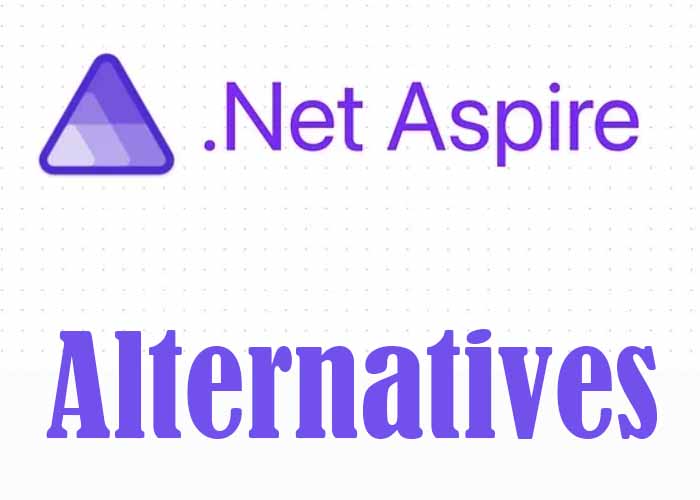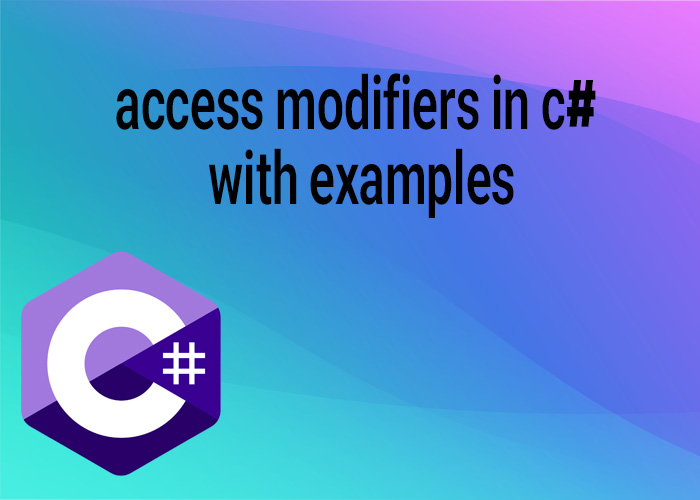.NET Aspire Alternatives
As the demand for cloud-native, microservices-based applications grows, many developers turn to frameworks like .NET Aspire for building scalable, resilient, and observable distributed applications. However, there are several alternatives to .NET Aspire that provide similar capabilities. This article explores some of the most prominent alternatives and their key features.
1. Azure Functions
Azure Functions is a serverless compute service provided by Microsoft Azure. It allows developers to run event-driven code without having to explicitly provision or manage infrastructure. This can be a compelling alternative to .NET Aspire for building cloud-native applications.
Key Features:
- Serverless Model: Automatically scales out as demand increases and charges only for the resources used.
- Event-Driven: Supports triggers and bindings to integrate with various Azure services like Storage, Service Bus, Event Hubs, and more.
- Flexible Development: Supports multiple languages including C#, JavaScript, Python, and Java.
- Integrated Monitoring: Provides built-in monitoring and diagnostics via Azure Application Insights.
Use Cases:
- Real-time data processing
- Automated workflows and backend services
- Microservices-based applications
2. AWS Lambda
AWS Lambda is Amazon's serverless compute service, similar to Azure Functions. It allows developers to run code in response to events and automatically manages the compute resources required.
Key Features:
- Event-Driven Execution: Supports triggers from AWS services like S3, DynamoDB, Kinesis, SNS, and more.
- Auto Scaling: Automatically scales based on the number of requests.
- Multiple Language Support: Includes support for Node.js, Python, Ruby, Java, Go, .NET Core, and custom runtimes.
- Integrated Monitoring: Seamlessly integrates with AWS CloudWatch for monitoring and logging.
Use Cases:
- Data transformation and ETL processes
- Backend for mobile and web applications
- Real-time file processing
3. Google Cloud Functions
Google Cloud Functions is a lightweight, serverless compute solution for event-driven applications offered by Google Cloud Platform (GCP).
Key Features:
- Event-Driven Model: Integrates with various GCP services such as Cloud Pub/Sub, Cloud Storage, and Firestore.
- Scalability: Automatically scales up and down based on traffic.
- Language Support: Currently supports Node.js, Python, Go, and Java.
- Security: Built-in security and identity management using Google Cloud IAM.
Use Cases:
- Real-time data processing and streaming
- Lightweight APIs and microservices
- Task automation and orchestration
4. Kubernetes with Helm
Kubernetes is an open-source platform for automating deployment, scaling, and operations of application containers. Helm is a package manager for Kubernetes that helps define, install, and upgrade even the most complex Kubernetes applications.
Key Features:
- Container Orchestration: Manages the lifecycle of containers across multiple hosts.
- Scalability: Supports horizontal scaling and load balancing.
- Flexibility: Works with any container runtime and supports multiple cloud environments.
- Helm Charts: Simplifies deployment and management of Kubernetes applications through reusable packages.
Use Cases:
- Managing microservices architecture
- Orchestrating large-scale applications
- Continuous delivery and deployment
5. Spring Boot with Spring Cloud
Spring Boot is a framework for building stand-alone, production-grade Spring-based applications. Spring Cloud provides tools for developers to quickly build some of the common patterns in distributed systems such as configuration management, service discovery, and circuit breakers.
Key Features:
- Microservices Support: Simplifies building and deploying microservices.
- Cloud-Native Capabilities: Integrates with various Spring Cloud components like Eureka for service discovery, Config Server for centralized configuration, and Hystrix for fault tolerance.
- Extensive Ecosystem: Leverages the wide range of Spring projects and tools.
- Developer Productivity: Convention-over-configuration approach accelerates development.
Use Cases:
- Building microservices architectures
- Cloud-native applications
- Enterprise-level applications
Conclusion
While .NET Aspire provides a robust framework for building cloud-native, distributed applications, there are several viable alternatives that can meet various development needs and preferences. Each alternative offers unique features and capabilities, allowing developers to choose the best fit for their specific use cases and technology stack. Whether opting for serverless solutions like Azure Functions and AWS Lambda, or container orchestration platforms like Kubernetes, the key is to align the choice with the project requirements and long-term goals.
If you found this article on .NET Aspire alternatives helpful, be sure to check out our other related articles. Dive deeper into the components of .NET Aspire in our detailed guide. Learn how to effectively use Docker Compose with .NET Aspire by reading our step-by-step tutorial. Additionally, explore comparisons between .NET Aspire, ASP.NET, Blazor, Dapr, and Docker in our comprehensive comparison article. These resources will provide you with a thorough understanding and help you make the most out of .NET Aspire and its alternatives.





